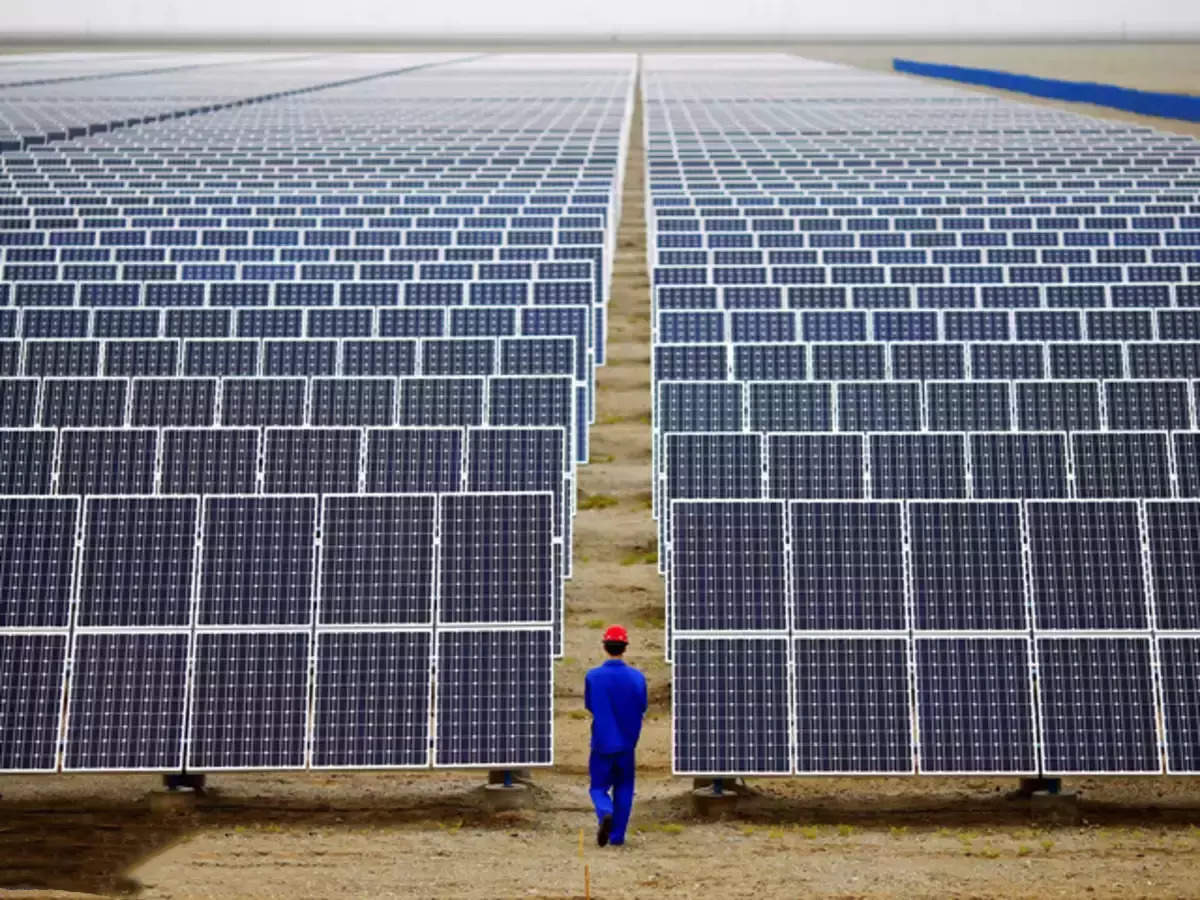Unprecedented Growth: Rs 2.44 Trillion Investments Seen in Renewable Energy Evacuation Infrastructure

Unprecedented Growth: Rs 2.44 Trillion Investments Seen in Renewable Energy Evacuation Infrastructure
The global push towards renewable energy sources has led to remarkable growth in the renewable energy sector. India, with its vast potential for renewable energy generation, has been actively working towards harnessing clean and sustainable energy sources.
One critical aspect of this transformation is the development of robust infrastructure for the evacuation of renewable energy. In recent years, India has witnessed a surge in investments in renewable energy evacuation infrastructure, with an impressive Rs 2.44 trillion being pumped into this crucial sector.

Renewable energy sources like solar, wind, and hydroelectric power are intermittent and location-specific. This means that they often generate energy in remote areas or under specific weather conditions. To ensure that this clean energy can be efficiently transmitted to urban centers and industrial hubs, a well-developed and extensive evacuation infrastructure is essential.
The infrastructure consists of transmission lines, substations, transformers, and grid management systems that allow the efficient transfer of renewable energy from the source to the end consumer.
The surge in investments in renewable energy evacuation infrastructure can be attributed to several factors:
- Government Initiatives: The Indian government has shown unwavering commitment to the development of renewable energy infrastructure. Initiatives like the Green Energy Corridor and the KUSUM (Kisan Urja Suraksha evam Utthaan Mahabhiyan) scheme have provided substantial financial incentives and policy support for the expansion of evacuation infrastructure.
- Increasing Renewable Energy Capacity: India has witnessed substantial growth in renewable energy capacity. With the ambitious target of 175 GW by 2022 and 450 GW by 2030, there is a pressing need for a robust evacuation network to accommodate this surge in clean energy production.
- Foreign Investments: Foreign investors have shown keen interest in India’s renewable energy sector. The influx of foreign capital has further fueled the development of evacuation infrastructure. Investments from countries like Japan, the United States, and Germany have played a significant role.
- Technological Advancements: The adoption of cutting-edge technology in the design and operation of evacuation infrastructure has made the sector more attractive to investors. Smart grids, advanced monitoring systems, and grid management software have improved efficiency and reliability.
- Job Creation: The development of renewable energy evacuation infrastructure has also generated employment opportunities in both urban and rural areas, making it an attractive sector for investment.
![Podcast] GigaWhat: Upgrading the backbone of India's power sector](https://imgs.mongabay.com/wp-content/uploads/sites/30/2022/09/06161755/MG_1086-scaled.jpg)
The surge in investments in renewable energy evacuation infrastructure has had far-reaching impacts on the energy sector in India:
- Reduced Transmission Losses: A well-developed infrastructure reduces transmission losses, ensuring that a higher proportion of energy generated reaches the end consumers. This improves the overall efficiency of the energy system.
- Reliable Power Supply: The development of evacuation infrastructure enhances the reliability of power supply. It helps meet the growing energy demand and ensures a stable electricity supply, reducing dependency on conventional fossil fuel-based sources.
- Integration of Renewable Energy: The infrastructure allows for the seamless integration of renewable energy sources into the national grid. This facilitates a smoother transition to a cleaner and more sustainable energy mix.
- Economic Growth: Investments in renewable energy infrastructure have a positive impact on the economy. They stimulate economic growth by creating jobs, attracting investments, and reducing energy costs for industries.
- Environmental Benefits: A well-developed evacuation infrastructure supports the reduction of greenhouse gas emissions by promoting the use of clean and renewable energy sources.
While the surge in investments in renewable energy evacuation infrastructure is promising, challenges remain. Land acquisition, right-of-way issues, and environmental concerns are some of the obstacles that need to be addressed. Additionally, the development of evacuation infrastructure in remote and ecologically sensitive areas requires careful planning to minimize environmental impact.
The future prospects for the sector are bright. As India continues to expand its renewable energy capacity and strives to meet its ambitious targets, the need for a robust and extensive evacuation network will only grow. With continued government support, technological advancements, and private sector participation, the renewable energy evacuation infrastructure sector is poised for further growth and development.
The surge of Rs 2.44 trillion in investments in renewable energy evacuation infrastructure in India marks a significant milestone in the country’s journey towards a clean and sustainable energy future. This development not only supports the integration of renewable energy sources into the national grid but also has far-reaching economic, environmental, and social benefits.

As India continues to make strides in the renewable energy sector, the investment in evacuation infrastructure underscores the nation’s commitment to a greener and more sustainable energy landscape.




